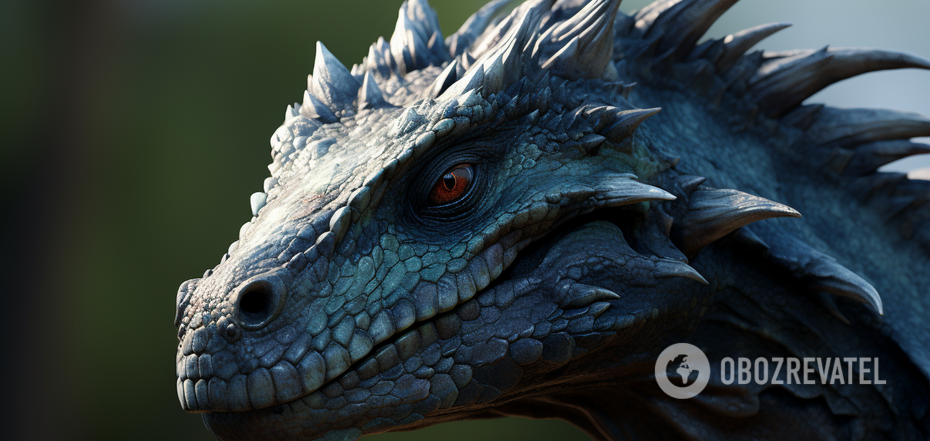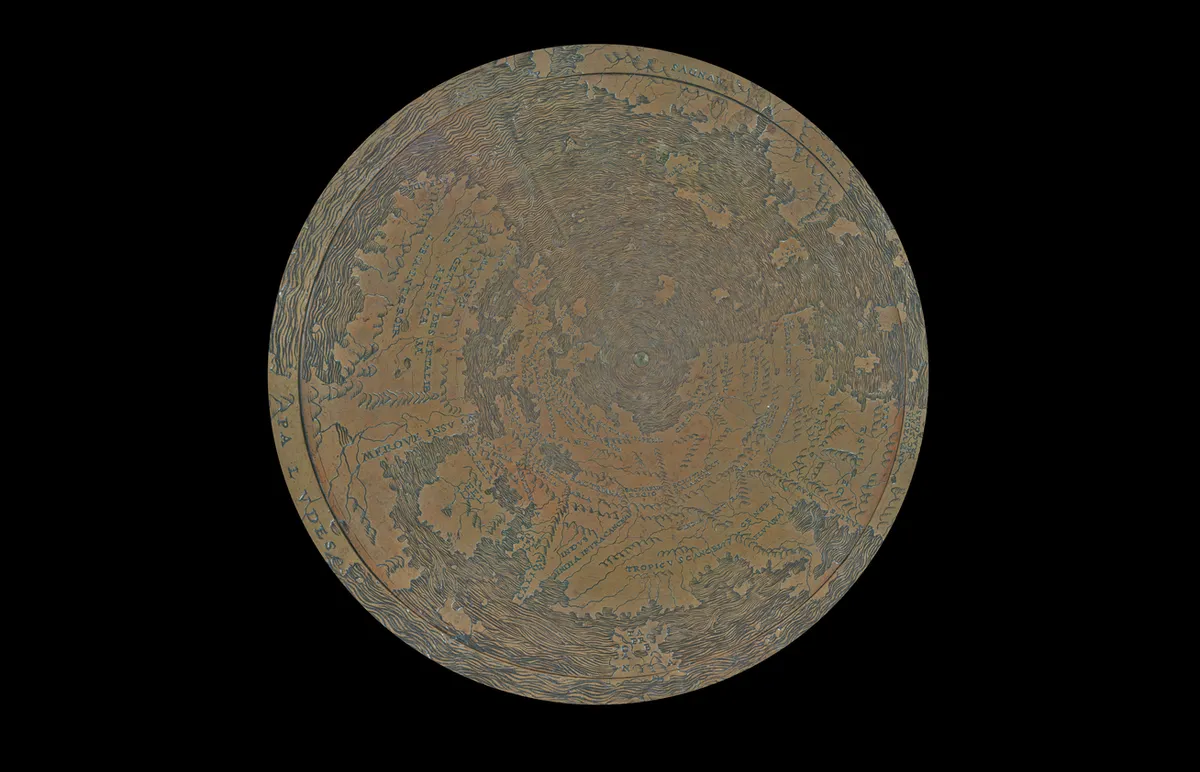Life
Did dragons really exist? Scientists stumbled upon evidence that sparked debate
Apart from the fact that the image of the dragon is found in most cultures with minor differences, they were the heroes of ancient maps. To warn mariners of potential danger, cartographers in the past occasionally wrote on their works "there are dragons here", a phrase that later entered fiction. Authors also drew various mythological bogeymen on those parts of their maps where the territory was still uncharted.
But why dragons? Could it really be indicative of the existence of some similar creatures? The publication IFL Science tried to learn this question.
The most famous case of the phrase "there are dragons here" is the Hunt-Lenox globe. It dates back to 1508 and is the third oldest globe known to science. Along the east coast of Asia, it is inscribed with the words "hic svnt dracones", which is Latin for "here be dragons". Until now, it was thought to be the only one to contain this phrase.
But then it turned out that these words can also be found on a globe made of ostrich eggs. It was made around 1504. The author joined the two bottom halves of the ostrich eggs and plotted the territories he knew.
Images of dragons on maps are somewhat more common, although they too cannot be called a widespread phenomenon. One example is the Borgia map, a map of the world engraved on a metal plate sometime in the early 15th century. A mythological serpent is drawn on its periphery next to an area representing Asia.
Another similar example of the use of a dragon image is the Japanese map Jishin-no-ben, the title of which can be translated as "History of Earthquake". It depicts a snake circling the entire earth and biting itself by the tail. However, this image is very different from similar images on European maps.
There is another variant of this warning phrase "hic sunt leones", which in Latin means "there will be lions here". But the most frequent cartographic designation of unexplored territory is the phrase "Terra incognita", which is Latin for "unknown land".
The cartographers of the Middle Ages and Renaissance often drew sea monsters on their maps. The history of this phenomenon is described in cartographic historian Chet van Duzer's book. In his opinion, the image of dragons for cartographers of that era did not mean just a decorative element or the designation of a certain unknown danger. The researcher is convinced that mapmakers sincerely believed in the existence of mythological monsters. That's why they drew them just as they drew other natural objects.
Dragons began to disappear from maps at the end of the 16th century, the era of geographical discoveries. At the same time the era of rationalism began in science, which use accurate methods to cognize the world. Thus, it became clear that dragons and monsters live mostly in the minds of frightened sailors.
Earlier OBOZREVATEL shared the mysteries of the Egyptian Book of the Dead and the death cult of the ancient civilization.
Subscribe to OBOZREVATEL channels in Telegram, Viber and Threads to keep up with the latest events.




























